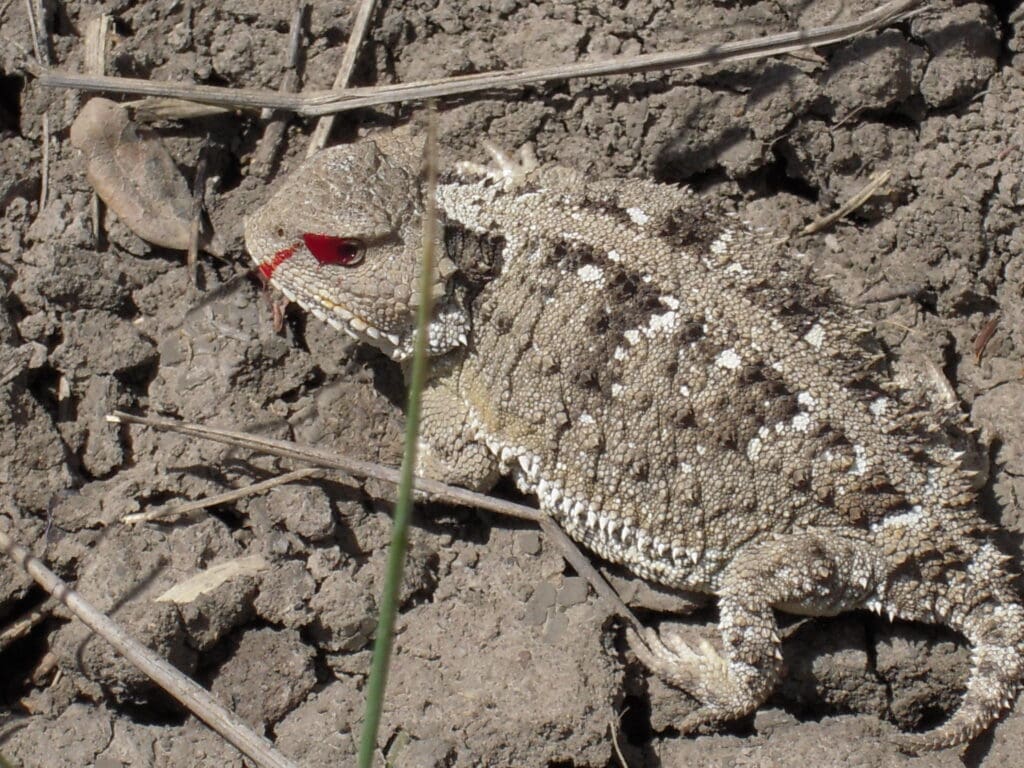Imagine hearing a buzz in the distance before seeing a swarm of flying insects rapidly approaching. They’re flying in formation and not colliding with each other or going off-course. But as they get closer, you realize—these aren’t real bees; they’re robots.
The creative folks at Festo’s Bionic Learning Network have achieved something only before seen in science fiction movies: the bionic bee. Now, to be fair, these robotic insects are not to scale (yet). Engineers can’t make them as tiny as real bees, but these robots are small, coming in at only 1.2 oz with a 240 mm wingspan.
Autonomous
Rather than being piloted like drones, the BionicBees actually use various sensors installed in Festo’s testing lab that allow them to fly around and navigate autonomously — meaning, on their own. They can buzz around and “see” where they are going.
When it’s time to swarm (as bees do), a central computer creates a flight path for the robotic insects to stick to, which prevents mid-air collisions between the bots.
Designed With the Help of Generative AI
One fascinating fact about the BionicBee is that they were designed using generative AI, where engineers asked the software to develop an ultra-light frame, using as few pieces as possible with a focus on stability and maneuverability.
Inside each BionicBee is a brushless motor, three servos, a gear unit, a battery, and some technology for control and communication. The wings beat back and forth over 180 degrees at a rate of 15 to 20 hertz—enough to achieve flight. The three servos control the direction of flight and maneuverability.
While the design may have been AI-assisted, the bees themselves are assembled by hand. Festo says that even the tiniest imperfection in assembly can create disastrous results in terms of performance and stability. So, to shore that up, the engineers also created a calibration feature that can run automatically after a short initial flight to test out the hardware.
The Future
Of course, the practical use for BionicBees is pretty far-fetched. But even as a proof of tech, we can imagine some pretty interesting possibilities for autonomous flying robot swarms. Festo just introduced us to these marvels of design this year in 2024. It will be interesting to see what they develop next.









